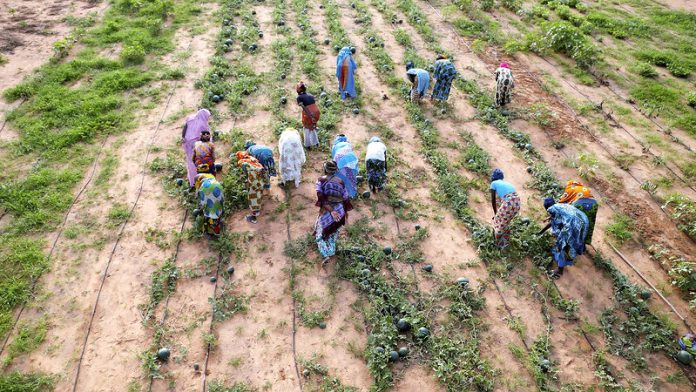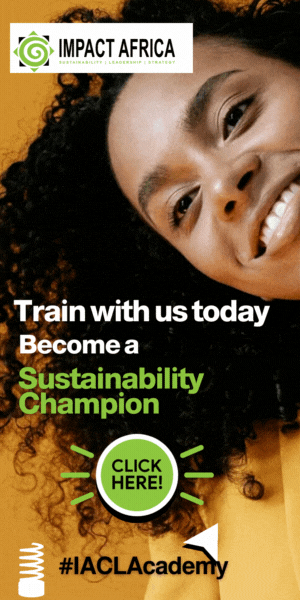Senegal, a key player in Africa’s Great Green Wall initiative, is grappling with stalled progress as billions in funding pledged by global partners remain largely unfulfilled, raising urgent questions about how the continent can secure climate resilience, restore degraded lands, and protect communities already facing escalating droughts.
The initiative, launched to combat desertification across 11 Sahelian countries, was designed to improve livelihoods, restore ecosystems, and reduce migration pressures, but who is accountable when the ambitions exceed the reality?
In January 2021, the One Planet Summit announced a headline figure: $14 billion to accelerate the Great Green Wall (GGW) across Africa. That pledge, accompanied by political speeches and photo opportunities, fueled optimism that one of the world’s largest ecological restoration projects would finally gain momentum.
Added to earlier commitments from COP21, the global promise totaled $23 billion. Yet, the Senegal-focused study published in Land Use Policy and reported by Mongabay reveals a staggering gap between commitments and disbursements. Between 2011 and 2019, only $149 million of the $870 million pledged during that period can be traced in national project records. This means more than 80% of funds supposedly delivered have no accountable public record, raising credibility concerns not only in Senegal but across the continent.
Senegal has long been framed as a model for GGW success. Its early-phase restoration programs created seasonal employment and delivered social services to communities living at the frontline of desertification. Rural villages welcomed nurseries, training opportunities, and income brought by land restoration works. These local benefits illustrate the GGW’s potential to support Africa’s demographic reality, a Sahel region where nearly 65% of people rely on agriculture for their livelihoods and where desertification affects 45% of land. However, what satellites reveal is less encouraging.
Researchers examined 36 reforested plots in northern Senegal and found only two showed visible greening, and just one beyond what could be attributed to improved rainfall. The ecological returns simply do not match the scale of political attention.
“This is a dream in the minds of donors, politicians and the public… but if it remains a dream, it risks becoming a mirage,” lead author Annah Lake Zhu of Wageningen University told Mongabay.
Her words cut to a deeper truth: environmental progress in Africa is often judged by announcements, not outcomes. The study argues that activities are staged to appear symbolic, declarations of future transformation, rather than investments in measurable impact.
The GGW was designed not only as an ecological buffer against the expanding Sahara but as a continent-wide socioeconomic shield. UNEP estimates its goals as restoring 100 million hectares, sequestering 250 million metric tons of carbon, and creating 10 million rural jobs. That scale is vital. Across the Sahel, drought-fueled migration continues to rise, with up to 85 million people in Sub-Saharan Africa projected to migrate internally by 2050 because of climate stress, according to the World Bank. Each failed hectare is not just lost green cover, but a lost livelihood, and a potential forced migration story.
The reliance on external financing creates both dependency and vulnerability. At the 2025 AMCEN session in Kenya, former UNCCD executive secretary Ibrahim Thiaw argued that Africa must shift away from a narrative of reliance and toward leadership in green financing. He urged governments to build domestic funding capacity rather than prepare climate proposals that may never be backed by real money. Co-author Amadou Ndiaye, writing to Mongabay, echoed this sentiment: “Conceiving the project through an overwhelming reliance on external financing is an original sin, it puts us in a position of waiting.”
Senegal’s experience illustrates broader African challenges: climate projects conceived with wide political ambition but executed without adequate local integration, consistent accountability, or sustained investment. Research findings suggest that, despite grassroots participation in planting efforts, national Great Green Wall agencies are regularly excluded from the design and implementation of projects financed under the initiative. Such disconnects weaken transparency and reduce long-term ownership by the communities burdened most by land loss.
Yet, the window for ecological resilience is narrow. Recent data from West Africa show the Sahel warming 1.5 times faster than the global average, while annual rainfall variability increases. Land that could once support crops becomes exposed to wind erosion, salinization, and degradation. With every delayed dollar and every failed sapling, the cost of restoring what is lost rises.
The promise of the Great Green Wall was never just about trees — it was a vision of Africa standing firm against climate risk. But a vision cannot anchor soil. The Senegal case provides a crucial reminder that sustainability requires more than ceremonial planting days and global summits. It demands accountability in finance, integration of local knowledge, and recognition that transformation, ecological or economic, unfolds over generations, not funding cycles.
Read also: South Africa to host Africa’s first large-scale Titanium Dioxide Plant under $75 Million AfDB Deal
Without tangible delivery, what remains is an initiative praised for its aspiration rather than its outcomes. Senegal’s stalled progress is not a failure of ambition but a failure to convert pledges into action at the pace the climate emergency requires. As the Sahel continues to dry and its young population grows, the question before Africa is stark: will the Great Green Wall become the continent’s most celebrated restoration achievement, or its most symbolic environmental warning?
The story was first published by Yvette Zongo here





